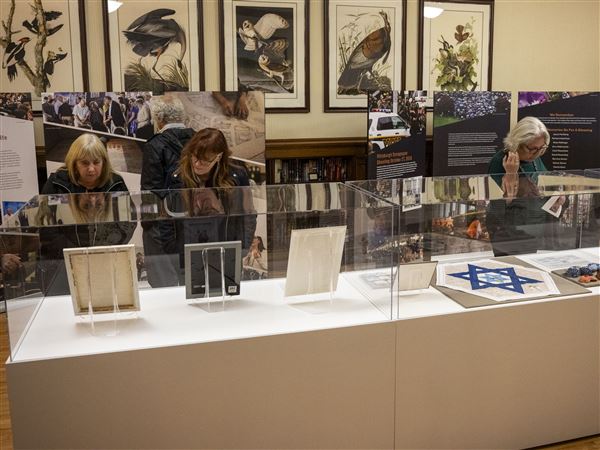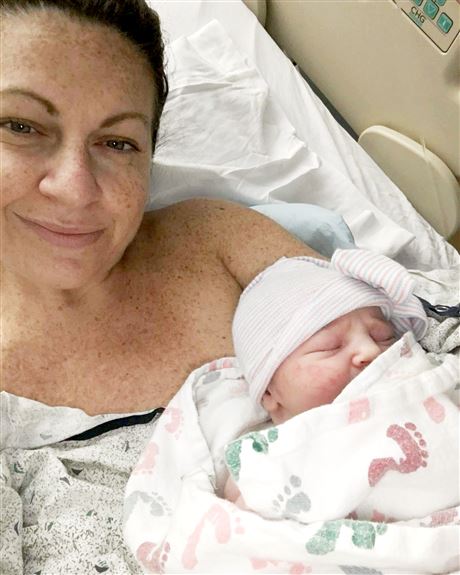Robin Nill never filled the “just in case you need them” prescriptions for opioid painkillers after either of her two births via Cesarean section (or C-section) four and five years ago. Her pain was plenty severe to warrant their use, even with a rotating schedule of Tylenol and Motrin, but her choice never wavered.
“I did not want to be on opioids,” Nill, 37, of Whitehall said. “Going home with a newborn is hard enough. I didn’t want to be in an altered state of mind. Plus, opioid addiction is always in the back of my mind. I’ve had people close to me who’ve had to deal with that, so I don’t want to take them at all.”
While Nill is far from alone with those concerns, many new moms make a different choice.
According to a 2017 study performed in the U.S., 83% of participants used opioids for at least six days after C-section. And according to another study, 3% to 6% of individuals who use opioid painkillers after major surgery continue to use them for 90 days or longer, which qualifies as “chronic use.”
Against the backdrop of the U.S. opioid epidemic, in which 3 million Americans have had or currently suffer from opioid use disorder, the situation seems to beg for an alternative capable of addressing pain in a bigger way than Tylenol or Motrin are able to without the use of OxyContin, Vicodin or other opioid relatives.
Enter TrueRelief, a drug-free, high-frequency neurostimulation device, which was recently studied by Jennifer Grasch, M.D., maternal fetal medicine physician, and colleagues at The Ohio State University Wexner Medical Center.
The device includes two probes, which look like large metal pens. They’re placed on either side of the closed C-section incision for two minutes at a time, before moving to a new position, over a 12-minute period. In the study, which was published in the Journal of the American Medical Association Network Open in October, this treatment was repeated two more times within the first 24 hours post-C-section, while the mother was still recovering as an inpatient.
The probes emit 20,000 Hz, or about 167 times greater frequency than an incandescent lightbulb. To the patient, it feels like a slight vibration, and according to the study results, that nerve stimulation reduced the use of opioid painkillers by a whopping 47%.
“The thought is that if we can really get on top of pain when it’s the worst, during those first few days, then we can decrease inflammation, and hopefully decrease pain long term and through the whole recovery period,” Grasch said.
As an example of potential local impact, the University of Pittsburgh Medical Center’s Magee-Womens Hospital hosts about 10,000 deliveries per year. With a 28.5% C-section rate, according to nonprofit watchdog organization The Leapfrog Group, 2,850 area mothers per year — at just one local delivery center — could reap the benefits of such a device … someday.
Per Grasch, the next step for TrueRelief, created by California-based manufacturer TrueRelief LLC, is to pass it from the hands of research technicians to routine care providers, such as nursing staff.
Feedback from those trials will inform the timing of treatments, who should perform them and, maybe, inspire researchers to experiment with the device in the home setting, which is where Nill’s pain peaked, she said.
“As soon as you go home, you have to walk around, pick up the baby. You have to get back to regular life,” she said. “But it’s abdominal surgery. It takes weeks to heal, and it’s painful.
“If there’s a way to reduce the pain without altering your state of mind, I think that would be wonderful.”
Abby Mackey is a registered nurse, and can be reached at amackey@post-gazette.com and IG @abbymackeywrites.
First Published: November 27, 2023, 10:30 a.m.
Updated: November 27, 2023, 11:10 p.m.

















